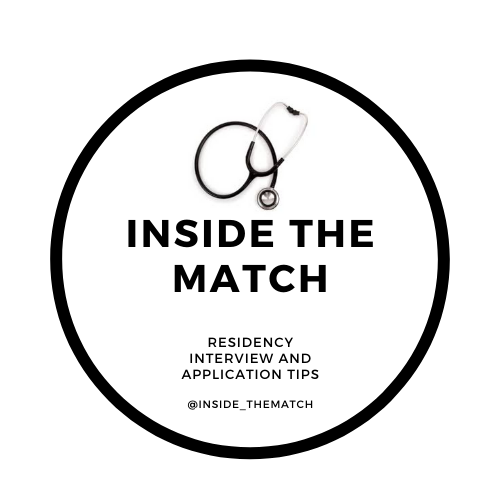Creating a Professional Social Media Account
Written by Neha Deo
Social media has become a platform for medical professionals to engage in discussion, as well as network with other professionals around the world. It is recommended to create a LinkedIn profile and a MedTwitter account. Even research opportunities are posted on these platforms that can be hard to find elsewhere. Here are some tips for getting plugged in:
Create profiles on popular social media platforms. LinkedIn and Twitter are probably the most popular social media platforms that medical professionals use currently. You will want to upload a headshot of yourself and add a bio. Usually, bios include your role (ex. MS4, PGY-2), what institution you are affiliated with, as well as personal interests (ex. Global Health, or Mentorship).
Follow users with similar interests. It can be hard to figure out who to follow when you’re just starting. Generally, following individuals who are within your medical specialty is a good place to start. There are also program-specific pages that you can follow, such as the University of Alabama’s dermatology page, @UABDermatology.
Utilize hashtags. Oftentimes, people will engage in discussion using hashtags. #MedTwitter is a very popular hashtag that users utilize to garner discussion from providers all over the world. There are also specialty-specific hashtags, such as #DermTwitter.This also allows you to explore different accounts you may consider following, as well as engage in discussion on different topics in medicine.
Create individualized posts. Don’t be afraid to post about your interests or hobbies. Things such as participating in a marathon, resident outings with your program, or reflections within medicine are all things you can talk about! Pictures of your dog are appreciated by all.
Keep it professional. Remember that this is your public, professional social media account. There are circumstances where institutions may reach out to you with concerns if you post inappropriate content. Remember that your posts can reach a large audience, whether for good or bad. I like to go with the classic saying “If you wouldn’t want to show your mother, you probably shouldn’t post it”.
Social media can be a great way to learn about opportunities that you wouldn’t otherwise know about. Research positions, residency openings, and volunteer events are all things that I’ve seen posted on Twitter. Don’t forget to engage with your audience and good luck!

